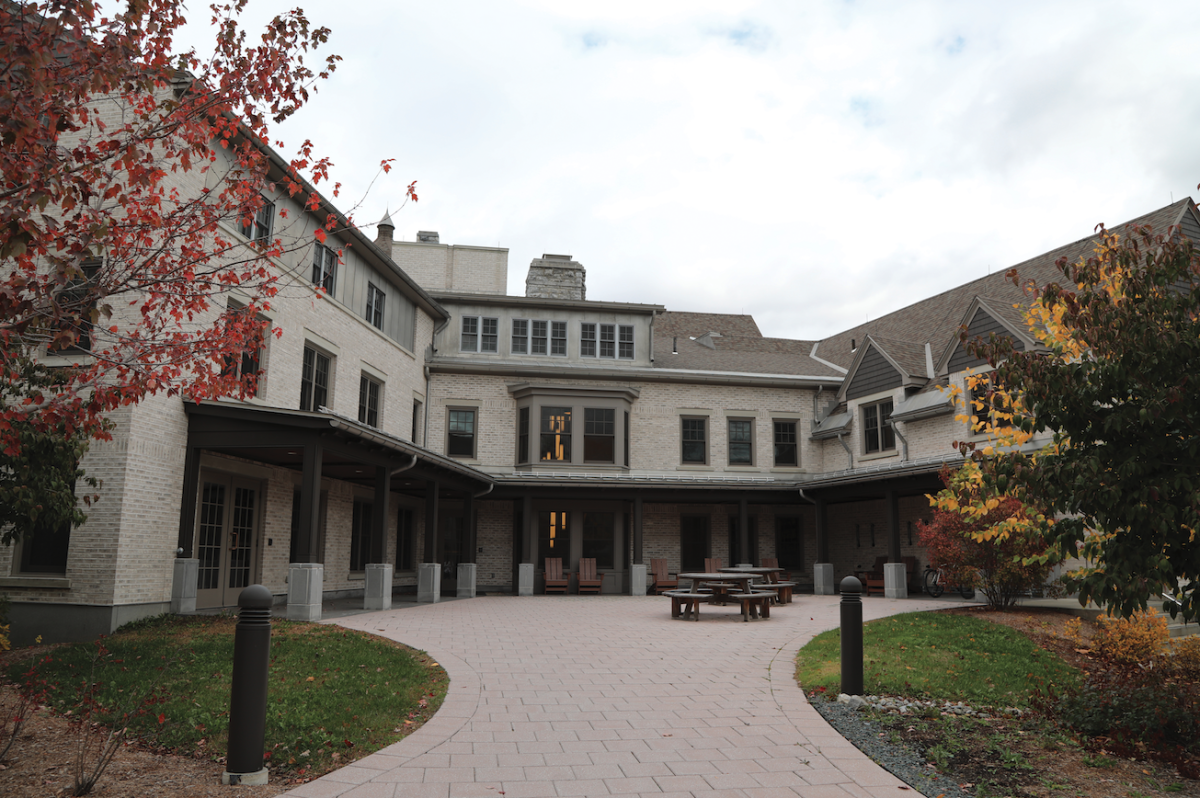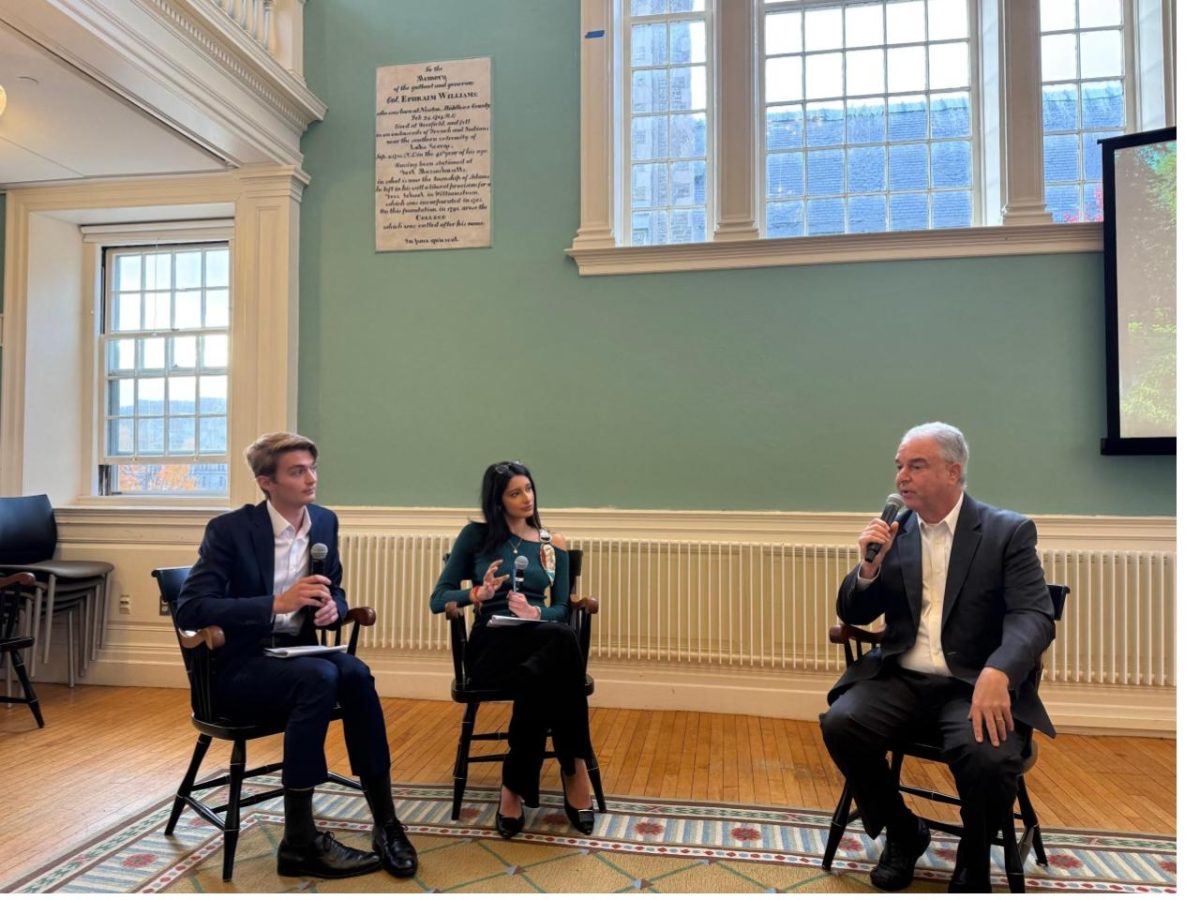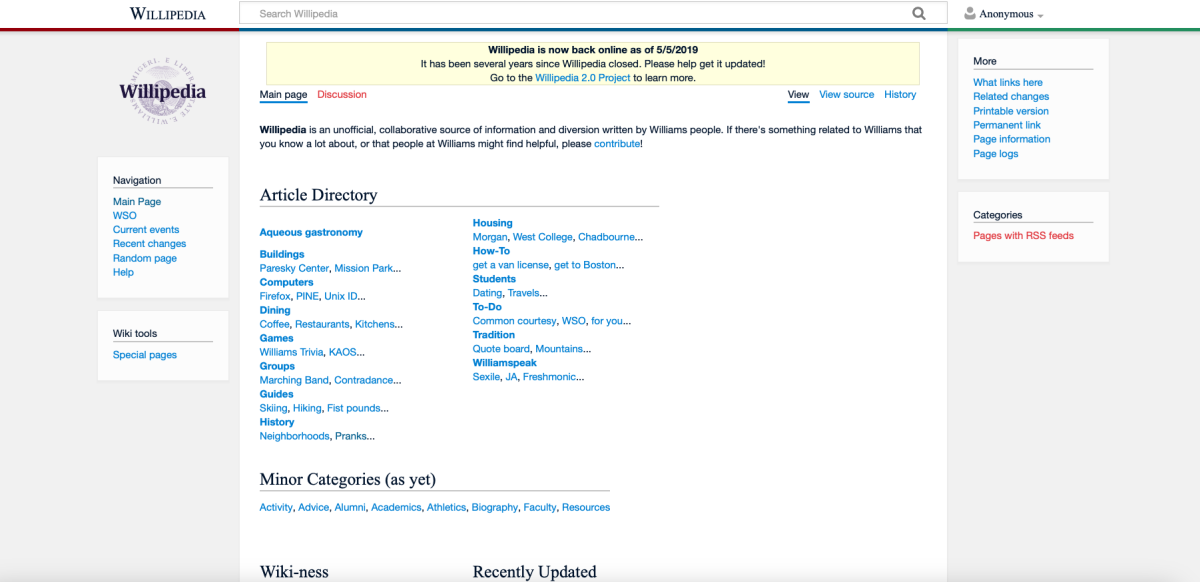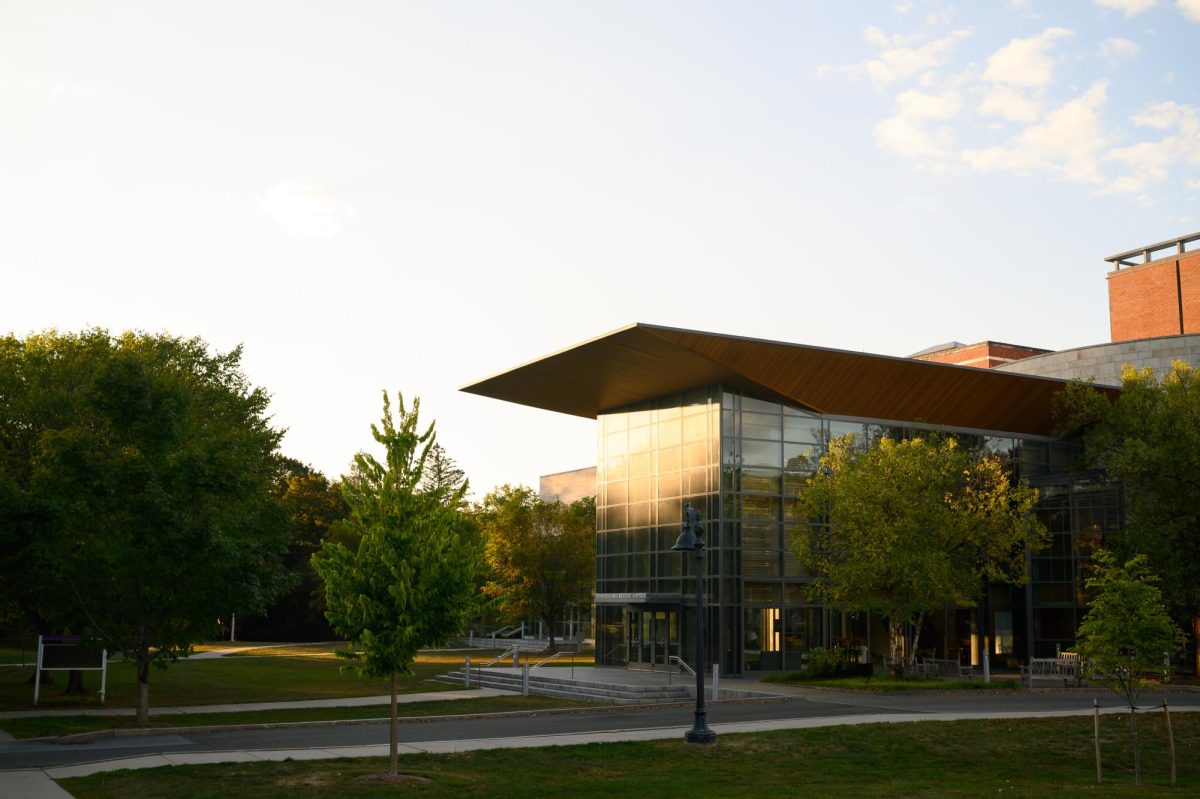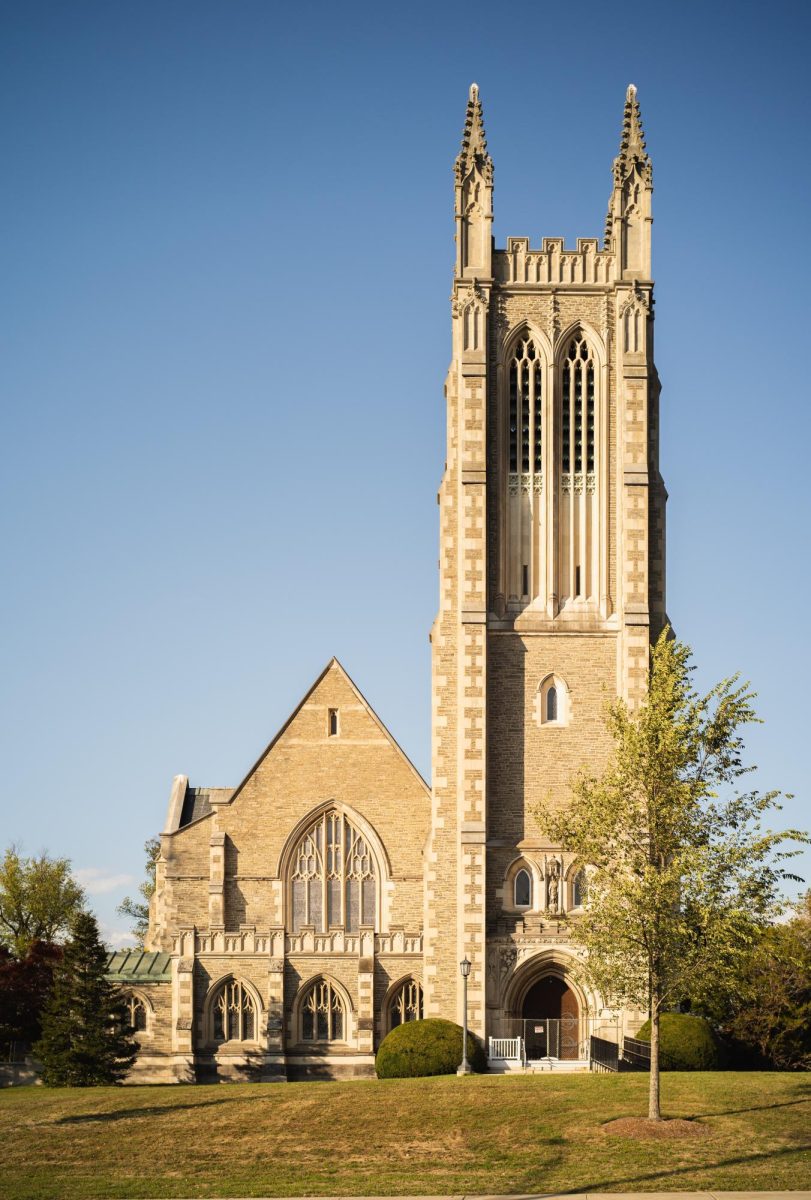Life across campus has shifted radically in order to implement safety measures and ensure socially distanced learning and residential life. These changes have had financial implications for the College, from dining, to academics, to personal protective equipment (PPE) and sanitation, as well as a host of other alterations. Aside from the 15 percent tuition decrease in expected family contribution for all students, there are a variety of other costs associated with the advent of an entirely unprecedented semester.
Total cost estimate
Based on adding up the costs associated with changes to campus life this semester, new planning and protocols due to the COVID-19 pandemic have cost the school approximately $4,976,700 not including the 15 percent tuition reduction, according to calculations based on reports from various senior staff. However, the College also estimates about $3.9 million in savings due to reduced costs in travel and event planning.
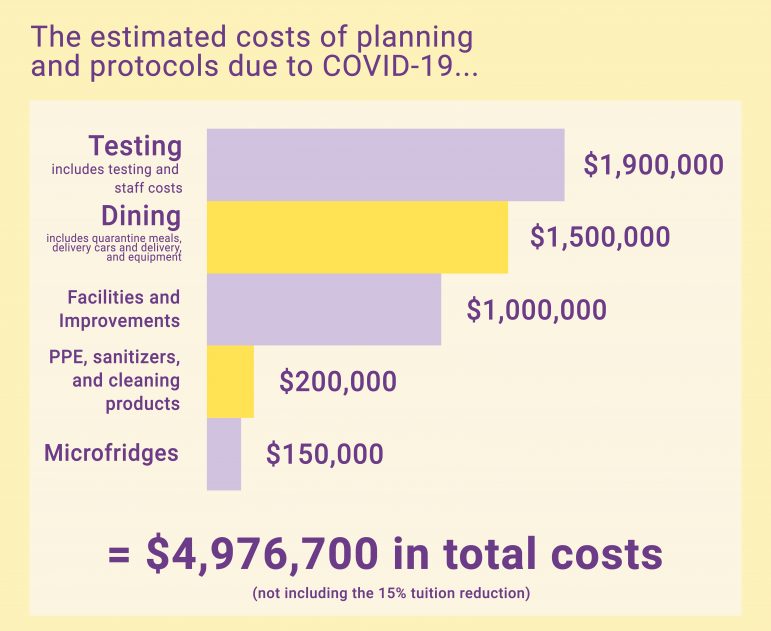
Testing
The college paid $1.4 million for testing from the Broad Institute, which students, faculty and staff use on a weekly basis. According to Vice President for Finance and Administration and Treasurer Fred Puddester, the College is spending an additional $500,000 on salaries to staff the testing site with Emergency Medical Technicians (EMTs) who watch all individuals perform their test.
Microfridges
The College has leased 1,700 microfridges for the next seven years for student dorm rooms, with a total estimated cost of $150,000 dollars a year. Some of these fridges are currently unused due to students deciding to take gap years or to study remotely.
Dining
The College has estimated that the total cost of all dining changes is $1.5 million for the year. According to Temesgen Araya, director of Dining Services, one of the primary drivers for these costs was dining during the quarantine process, including the care packages and delivery of quarantine meals for students. Dining services created 3,500 care packages at a total cost of $160,000 — an equivalent of $45.48 per package meant to last the six-day quarantine process.
In order to deliver meals to students and pick up reusable containers from dorms, dining purchased three electric GEM cars for a total cost of $68,000, which, according to Araya, were “purchased instead of one gas truck to contribute to our sustainability initiatives.” Dining also purchased one refrigerated receivers truck for $73,000. Food delivery cost approximately $155,000, with a total of 7,112 meals served to students during initial quarantine.
Araya also noted that opening the dining hall early contributed to higher costs this semester. “The usual dining board plan activates the night before classes begin, which would have been September 9th starting with dinner,” Araya said. These extra days of dining drove higher spending.
New equipment tailored to the take-out style of dining this semester also added to costs. Hot and cold air screens, where students pick up items such as fruit cups, hummus, or pre-prepared hot food items, were installed both in Whitmans’ and Driscoll and are also being utilized for mobile ordering from Lee Snack Bar, ’82 Grill and Fresh ’n Go. The total costs for these units was about $182,000. However, Araya noted that these fixtures will likely last beyond this semester.
“Luckily, we plan on utilizing these pieces of new equipment at least in our retail spaces (’82 Grill, Fresh ’n go and Lee Snack Bar) and will be permanent along with our mobile ordering system,” he said.
Furthermore, Dining Services hired temporary labor to assist with buffets, collection of reusable containers and other new requirements adapted to the new model of service. There were further costs associated with the purchasing of disposable clamshells for quarantine, paper bags for transport and reusable containers.
Araya noted that spending in dining services may increase even more due to the pandemic, since suppliers are struggling to maintain output. “As our country reopens, our supply chain will continue to fall behind since they are not producing as efficiently as they once were,” Araya said. “This is driving shortages that require us to purchase like-for-like items with an increase in price variances so we can continue to provide accurate menus with acceptable allergen labeling.”
PPE, sanitizers and cleaning products
The prices of hand sanitizer, reusable face masks and door opener kits students received on arrival, as well as quarantine bed linen rentals, totaled approximately $200,000, with about 1,700 sets of linens rented, 1,700 door openers purchased and upwards of 5,000 masks purchased.
Tent setups and signs
In order to provide tents around campus, both at the COVID-19 testing site and for outdoor dining space, the College spent approximately $200,000. This cost also includes signage around campus outlining social distancing reminders and testing instructions.
Facilities improvements
The College spent approximately $1 million on facility improvements, furniture and furniture storage. Facility improvements included new filters in all buildings to comply with enhanced air filtration requirements and plexiglass partitionings in the dining halls and other public spaces.
Savings
Some aspects of the pandemic have actually saved the College money. “We will spend less on travel and events,” Puddester said. “Based on last year’s experience, we expect $3.9 million in savings. Other savings are expected to amount to $400,000.”
The greatest financial change to be noted is the tuition reduction. In a normal year, the college would receive approximately $78.8 million from families. This year, that number has decreased to $61.9 million, for a decline of about $16.9 million.
All of these costs were determined as essential by the College and were factored into semester planning. Some costs, however, are harder to pinpoint. Laundry, for instance, which is free this semester, costs the College money but cannot be accurately calculated, since it’s unclear how frequently students are using the machines. As Puddester noted, there are also other related departmental costs, such as the $25,000 spent on an enterprise license for Zoom. As for future semesters, while some fixtures such as the microfridges and air screens will remain, other costs have yet to be determined due to the uncertainty of the pandemic in the years to come.





